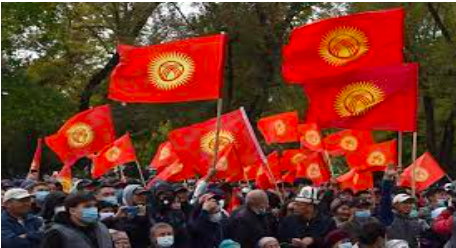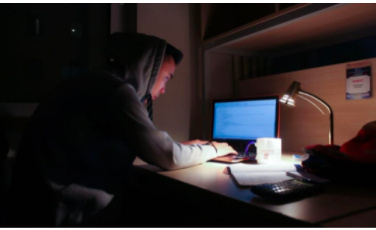Burra Bazar
Posted on : March 23, 2020Author : AGA Admin

Burra Bazar is a wholesale market in Kolkata, developed during the British era. It is located in the busiest place of Central Kolkata, before reaching Howrah Station. It is an assembly constituency. Burrabazar expanded from a yarn and textile market into the commercial nucleus of Kolkata and one of the largest wholesale markets in India. The word, “Burrabazar” is derived from a Hindi word meaning big market. In Bengali, it is called Borobazar, the meaning remaining the same. However, there is another theory. The neighbourhood was earlier named after ‘Buro’, the popular name of Lord Shiva or Mahadeva. The Hindi-speaking merchants who ousted the earlier local merchants, made it ‘Bara’ In the medieval era, while Jahangir’s zamindari system was in existence, this market was ruled by Seths and Basaks. This was the retail business hub in eastern region and also the manufacturing unit for Sutanati. With the arrival of the British these families flourished with renewed vigour. Janardan Sett was a trading agent of the British East India Company. Shobharam Basak became a millionaire by supplying textiles to British East India Company. One of the earliest names floating around is that of Mukundaram Sett, who lived in the earlier part of the sixteenth century and moved from Satgaon or Saptagram to Gobindapur. Sutanuti haat has been traced back to 1738 by Orme. In the siege of 1756, troops of Siraj ud-daulah set fire to the market and took possession of Jorabagan and Kumortuli, neighbourhoods further north where the merchants lived.
Modern Burra Bazar came after the decline of Nawab of Bengal and emerged as the trading centre for European goods for the posh people of Kolkata and Bengal. The 16th century Sutanati haat is the Burrabazar in the 18th century till the post independence era. The market was spread over nearly 500 bighas and the residential area covered another 400 bighas. Apart from the Seths and Basaks, there were the gold merchants Mullicks and other men of their calibre. Their affluence and pomp are legends even in their days. There also were merchants of comparatively lesser affluence. The area of Kalakar Street was known as Dhakapatty, as it was home to the Sahas, cloth merchants from Dhaka. The Sheths and Basaks had close links with such cloth producing centres as Dhaka, Murshidabad (the Bengal Capital at that era) and Cossimbazar.
As Burra Bazar is a market destination in Kolkata, it has a great economic value in generating revenue. Burrabazar expanded from a yarn and textile market into one of the largest wholesale markets in India in British era. Burrabazar is divided into highly specialised sub-markets, according to the commodity it deals in – Dhotipatti, Fancypatti, Tulapatti, Chinipatti etc. Further subdivisions are katra, chowk or kothi. Burrabazar has a number of historical buildings like Magen David Synagogue, Cathedral of the Most Holy Rosary, St Andrew’s Church, St John’s Church and Howrah Bridge which can be reached by way of a 15 minutes walk. It now has a metro station named after Mahatma Gandhi.




